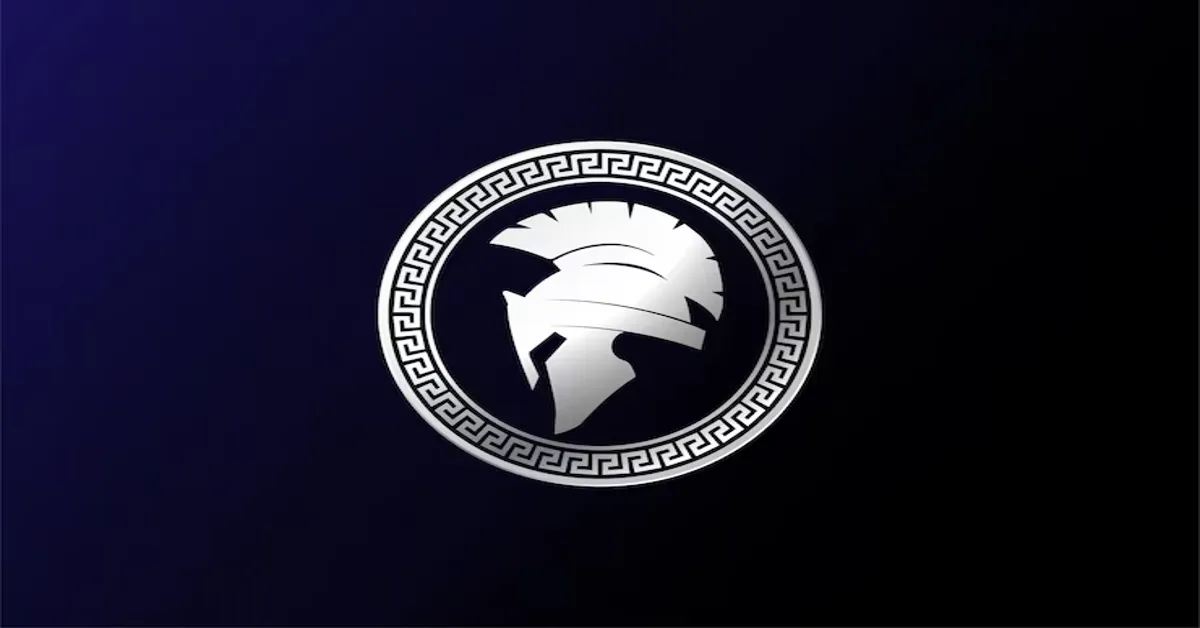In the canon of ancient warfare, few figures have transcended time quite like Leonidas Leonidas, the legendary Spartan king who defied the Persian empire at the Battle of Thermopylae. Today, his name resonates not just in the annals of military history, but in political rhetoric, pop culture, fitness ideology, and leadership discourse. If you’ve searched this term, you’re likely looking for more than a date or battle site. You want to understand: Who was Leonida’s Leonida’s, and why does his legacy still matter in a digital, globally connected world?
This article answers that question by exploring the dual identity of Leonida’s—as both a historical figure and an evolving symbol. We delve into what’s real, what’s myth, and how Leonidas continues to serve as a mirror reflecting modern ideals of courage, defiance, and sacrifice.
The Historical Leonidas: More Than Just 300
Leonidas I, son of Anaxandridas II, was the 17th king of Sparta from the Agiad dynasty. His reign, though relatively unremarkable in terms of domestic reform or expansion, is permanently etched in global memory because of one event: Thermopylae, 480 BCE.
In the face of the massive Persian army led by Xerxes I—estimated by ancient sources to be in the millions (though likely closer to 150,000)—Leonida’s led a small Greek coalition, including his famous 300 Spartans, in a narrow pass between mountain and sea. The tactical aim was delay, not victory. But what unfolded was both.
Though Leonida’s died in battle, and though the Greeks were eventually overwhelmed, the sacrifice galvanized pan-Hellenic unity. The myth of Spartan discipline, loyalty, and bravery was born. But beyond myth, Leonida’s embodied an early form of value-based leadership—choosing death over submission.
“Leonidas Leonidas”: Why the Redundancy Is Meaningful
The repetition in the phrase “Leonidas Leonida’s” may at first glance seem accidental or redundant. But in fact, it reflects two important phenomena:
- Linguistic Emphasis: In oral storytelling and ancient Greek rhetoric, repetition was used for emphasis, especially in Homeric epics. Repeating the name gives weight, presence, and identity.
- Dual Symbolism: The first “Leonida’s” represents the man. The second “Leonida’s” represents the idea—the ideal of defiance, unity, and noble death. This duplication echoes a recurring theme in history: the human becomes legend, and the legend becomes a standard.
Think: Caesar Caesar, Napoleon Napoleon, Gandhi Gandhi. The name becomes both personal and archetypal.
From Shield Wall to Screen: Leonidas in Popular Culture
No discussion of Leonida’s is complete without acknowledging the cultural phenomenon that followed the 2007 release of 300, directed by Zack Snyder and based on Frank Miller’s graphic novel.
This film didn’t just portray a historical event—it revived Leonidas Leonida’s as a pop culture archetype: hyper-masculine, disciplined, fearless, and defiantly quotable (“This is Sparta!”). But this portrayal, while entertaining, was also stylized and politically loaded.
Cultural Impact:
- Fitness and Body Image: The so-called “Spartan workout” became a global trend, reflecting ideals of transformation and endurance.
- Political Rhetoric: The image of a few resisting the many has been co-opted by ideologues across the spectrum.
- Memes and Viral Culture: Leonidas’s likeness became a template for modern defiance, often stripped of historical context.
The commodification of Leonida’s, while problematic in some respects, shows the durability of his image in the face of cultural evolution.
Leadership in the Face of Loss: Lessons from Leonida’s
Leonidas’s story is not one of victory—but of strategic sacrifice. His decision to stay and fight was political as much as military. He understood that Thermopylae could become a symbol to rally Greece.
Today, in corporate leadership seminars and military training programs, Leonida’s is invoked to illustrate key principles:
- Servant Leadership: He fought and died alongside his men.
- Moral Clarity: He chose principle over pragmatism.
- Legacy over Outcome: He acted for posterity, not for immediate success.
This resonates in a world where leadership is often associated with metrics and optics rather than meaning.
The Modern “Spartans”: Where Leonidas Lives On
The name Leonidas Leonida’s has found resonance in diverse modern contexts, often far from the battlefield:
1. Military Units
- Several elite units across NATO countries invoke “Leonida’s” in their mottos or training programs.
- Spartan-style discipline, fitness, and camaraderie are built into ethos and branding.
2. Startups and Business Culture
- “Spartan” values—lean teams, minimalism, aggressive timelines—are attributed (sometimes romantically) to Leonidas’s tactics.
- Founders speak of “dying on the hill” for product principles, invoking Thermopylae metaphorically.
3. Education and History Curricula
- Thermopylae is still taught not just for historical content but for ethical inquiry—what is the value of sacrifice? When is defeat noble?
4. Fitness and Self-Discipline Communities
- Global events like the Spartan Race draw from this mythos, using Leonida’s as a mascot for resilience.
5. Political Discourse
- The figure of Leonida’s has been used (and misused) to justify stances ranging from freedom of speech to anti-globalism. While some interpretations are noble, others distort his legacy to serve modern ideologies.
Myth Versus History: A Necessary Distinction
The popularity of Leonidas Leonida’s has also blurred the line between historical fact and cultural fiction. To appreciate his legacy fully, one must navigate between:
- Primary sources like Herodotus, who romanticized Thermopylae for moral instruction.
- Secondary interpretations, which vary based on the cultural or political agenda.
Modern scholarship has revised several popular beliefs:
- The 300 were not alone; about 7,000 Greeks fought initially.
- Leonida’s did not expect victory—his stand was strategic and symbolic.
- Spartan society, while disciplined, was also rigid, slave-dependent, and deeply hierarchical.
Understanding these nuances doesn’t diminish Leonidas’s impact. It humanizes him, making his decision all the more remarkable.
Why Leonidas Still Matters in the 21st Century
In an era of algorithmic truth, performative activism, and information overload, the story of Leonidas Leonida’s cuts through as a clean narrative:
- Small versus large
- Right versus might
- Sacrifice over self-interest
Whether in Ukraine’s defense narratives, in climate activists staging sit-ins, or in whistleblowers risking careers for transparency, Leonida‘s echoes in the choices of those who opt to stand firm, despite the odds.
He matters because his story transcends its origin. It invites us to consider what we would be willing to fight for—and at what cost.
The Evolution of a Symbol: Leonidas in the Digital Age
How does a 5th-century BCE warrior maintain relevance in a world of TikTok, ChatGPT, and satellite diplomacy? The answer lies in symbolic elasticity. Leonida’s can be:
- A meme
- A literary metaphor
- A training discipline
- A leadership example
- A cultural cautionary tale
In a strange way, Leonidas is more adaptable than many modern icons. He’s not bound by a political era or religious dogma. He’s bound to values—and values are surprisingly portable across generations.
Today, digital creators and AI tools even generate adaptive versions of Leonida‘s, retelling Thermopylae as a comic, an RPG, a YouTube breakdown, or a TED Talk. The medium changes—but the message survives.
Global Reflections: Leonida’s Beyond the West
Leonidas Leonida’s is often treated as a Western cultural figure, but his story has global echoes:
- In Japanese Bushido, parallels are drawn to self-sacrifice for honor.
- In Indian epics, warriors like Abhimanyu mirror Leonidas’s courage against overwhelming odds.
- In African oral histories, tribal leaders facing colonial armies showed similar values of selfless defiance.
These cross-cultural resonances elevate Leonida’s from a Spartan ideal to a human one—showing that valor, when tethered to principle, is universally revered.
Conclusion: Not a Statue, but a Standard
Leonidas Leonida’s is more than a man, more than a meme, and more than a movie. He is a moral compass in narrative form, reminding us that sometimes, the right action is the one that doesn’t win, but still defines.
In the face of rising populism, eroding institutional trust, and ethical ambiguity in leadership, Leonidas’s legacy prompts a timeless question:
What hill are you willing to die on—and why?
Answering that might be more important than remembering a date or a quote. It might be the beginning of your own stand.
FAQs
1. Who was Leonidas Leonidas, and why is he famous?
Leonidas I was a Spartan king best known for leading 300 Spartans against the Persian army at the Battle of Thermopylae in 480 BCE. The name “Leonidas Leonidas” symbolizes both the historical figure and the enduring ideal of courage and self-sacrifice.
2. Did Leonidas actually fight with only 300 Spartans?
While Leonidas led 300 elite Spartans, the total Greek force initially numbered around 7,000. However, he and his 300 remained behind in a final stand, which became legendary for its bravery and tactical significance.
3. What does the repetition “Leonidas Leonidas” mean?
The repetition emphasizes dual symbolism: one “Leonidas” refers to the man; the other to the enduring ideal he represents. It reflects how historical figures become larger-than-life symbols over time.
4. How has Leonidas influenced modern culture?
Leonidas’s legacy appears in film (300), military training, leadership studies, fitness culture, political rhetoric, and even gaming. His story is frequently used to symbolize resilience, discipline, and defiance against overwhelming odds.
5. Is the story of Leonidas historically accurate?
The core event—his leadership and death at Thermopylae—is historical. However, many details have been mythologized over time. The real Leonidas was more complex than modern portrayals suggest, shaped by the values and limits of his era.











